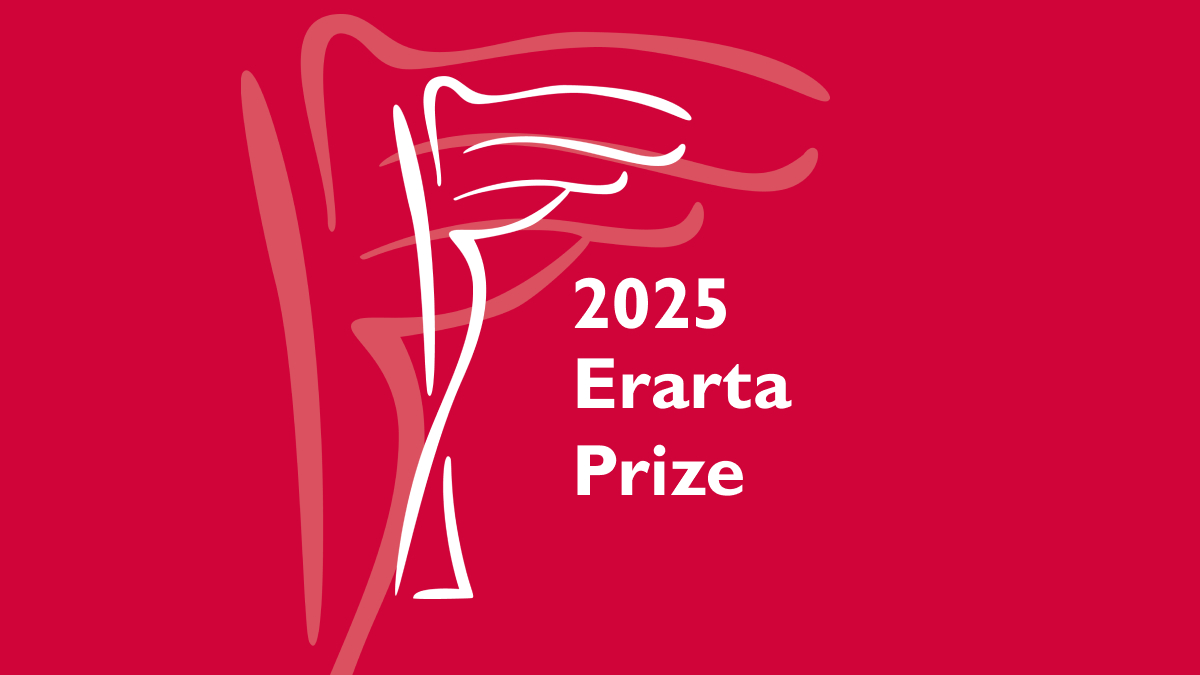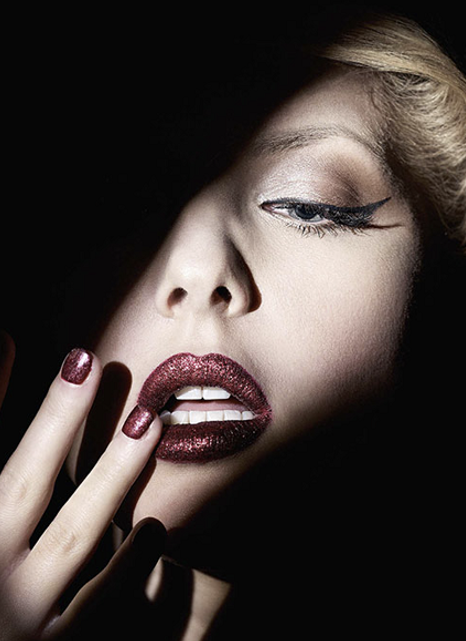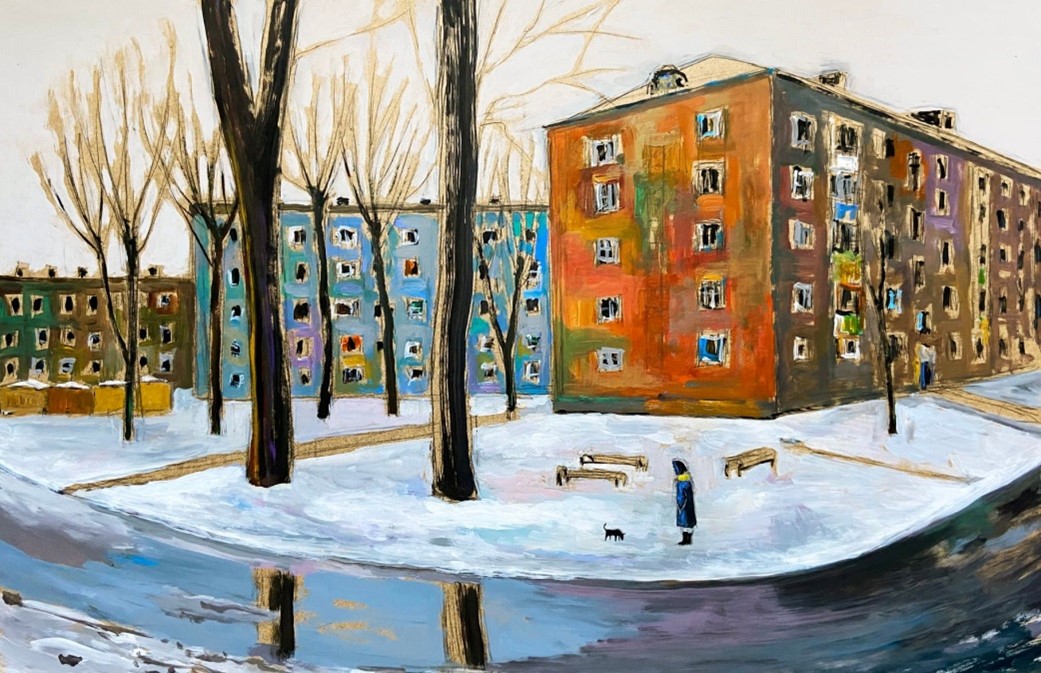Erarta Museum presented Alexander Savko’s paintings in which mass culture invades traditional art
- Absurdist discourse
- Cognitive dissonance
- Witty allusions to the history of visual arts
The renowned Russian artist Alexander Savko has been making waves on the Moscow contemporary art scene for the past 20 or 25 years. Like many currently acclaimed masters, he boasts a rather impressive background. Born in 1957 in the Moldavian Bendery, from 1974 to 1981 Savko studied stage design at the Odessa Theatre and Art School, and later worked as a commercial artist. It is rather interesting that his designs created for the Tiraspol Cannery and put into mass production were replicated in millions of copies. In the late 1980s, the time of nationwide romantically tinted yearning for change, in a quest for new art and new creative opportunities, Alexander Savko encountered the Moscow art world and met Konstantin Zvezdochyotov. In 1989, the artist was a first-time participant in the international Soviet-French DIALOG exhibition in Grenoble. Savko's first solo show in Moscow was held in 1996 at the Guelman Gallery. That was the period when contemporary art rose meteorically and gained much ground, the time of dramatic changes in the artistic landscape. Savko's Moscow haunt was the famous art squat on Baumanskaya Street, where he worked until 2004 alongside Avdey Ter-Oganyan, Valeriy Koshlyakov, Yury Shabelnikov, Vladimir Dubossarsky, Sergey Shekhovtsov, and other prominent figures in the recent art history. The same time span saw his joint exhibitions with Konstantin Zvezdochyotov.
Alexander Savko has an immediately recognizable style, a distinctive theme, a trademark approach. His absurdist discourse appropriates various images from the popular culture, debris of the mass media and the cartoon world where nearly each character is super, even if not always a hero. His artworks are visual oxymorons of sorts, causing collision of incongruous elements. For instance, the popular cartoon characters Mickey Mouse, Shrek, and the Simpsons, to name just a few, having conquered the media space, are now invading the realm of traditional culture, infiltrating famous paintings. Alexander Savko's artworks provoke cognitive dissonance through witty and at times even dangerous games referencing not just the ills of the information society, but also the history of the visual arts. Looking at his canvases, viewers can spot details familiar from famous masterpieces of the 19th and 20th centuries (by Vrubel, Petrov-Vodkin, Bilibin, de Chirico, Bacon, etc.).Recognizing the iconic paintings suddenly invaded by superheroes and other visual junk sponging on the mass communications and our consciousness is a part of the game that the artist invites us to play, and an important one at that, since it activates our cultural memory.
It might as well be that a certain viewer worthy of a special prize will fail to recognize Luntik, Shrek or the Simpsons, but recognizing the composition and all of its elements, characters and details will be the first step into Savko's carnival-like reality. The next easy and almost inadvertent step might cause you to appreciate the truly chimerical figures acting out the epic tale produced by the 'sleep of reason' amid our new electronic Dark Ages. With his paradoxical, seemingly comic works, the artist acts more like a derisive eyewitness of the contemporary world, pointing out the unprecedented aggression of the mass culture and the pervasive power of glossy mainstream, diagnosing the extreme eclecticism of the modern mind — doing that, one should add, brilliantly and with much wit.








